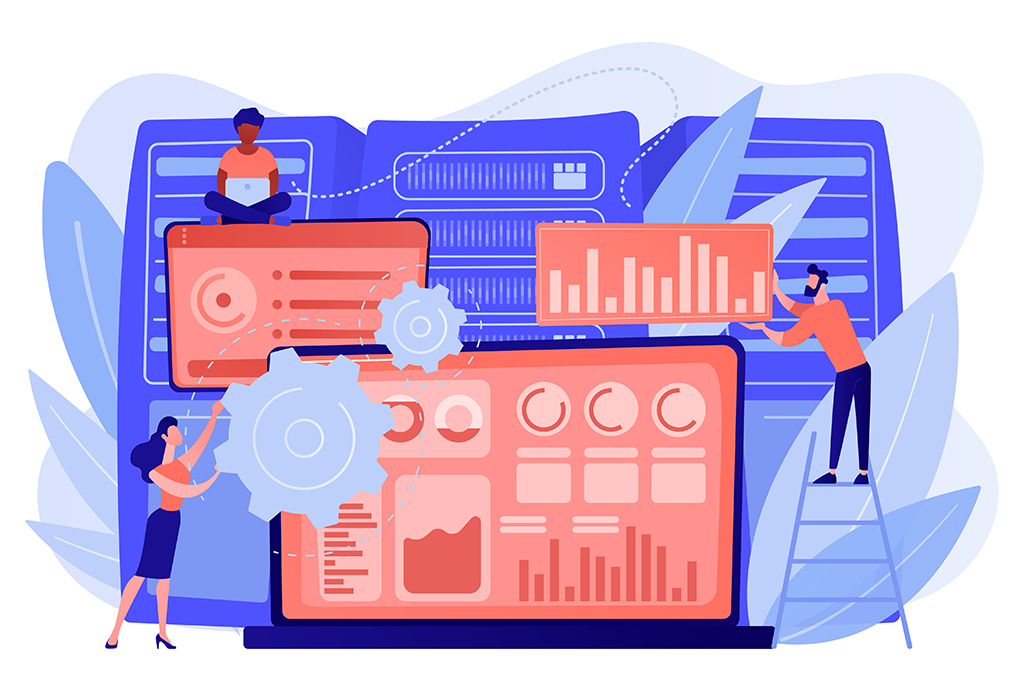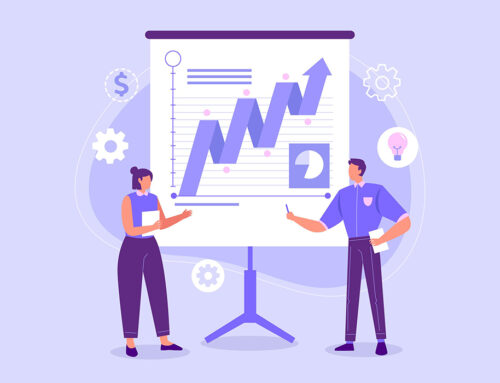Millennials are over twice as likely to be skeptical of sales representatives’ claims. This contributes to why 83% of buyers prefer digital. However, if your digitization isn’t built from the ground up, you’re going to have issues down the road.
Author Nick Saraev

Photo: Freepik
Simon Tholstrup from Danfoss recently shared how his team was able to tackle some of the biggest complaints about their digital marketplace. By starting from the bottom and creating systems that meet customers where they’re at, they’ve been able to transform Danfoss’ sales and future-proof their enterprise.
Digital for All
Danfoss started its digital journey by asking customers what they needed. Because of the nature of B2B manufacturing, this meant touching base with multiple levels of users.
- OEMs, Partners, and Retailers – Many manufacturing companies will not be selling directly to consumers, but to these secondary businesses. Your clients at this level will also be selling to each other
- Contractors – You may partner with companies specifically for a large project, such as building a data center
- Owners – Your main interactions with this level will be through warranties, installation guides, and tech support. Sales will go through the other channels
When Danfoss touched base with customers across these channels, they received some eye-opening responses. People wanted data structured in a way that was easier to understand so they could find what they needed quickly.
The biggest challenge was how complicated it was to get information. This was consistent for every level of user. Rather than rush to get data out, Danfoss slowed down and crafted a fool-proof business model that ensured the infrastructure was in place.
The Digital Business Model
Many business plans are focused on the end user. While your customer experience is important, there is a lot that needs to happen behind the scenes to make things happen.
- People – Organization and collaboration, with a growth mindset
- Data and Insights – Market insights, analysis, performance tracking, and forecasts
- Infrastructure – Scaling for growth, keeping your data composable, integrations, and security
When you have all of these pieces in place, you’re prepared for the customer experience.
- Select – Enable your customers to find what they need in the easiest way possible with guided selling, application selling, and product presentation
- Buy – Create a smooth purchase journey with a clear portfolio and e-commerce adoption
- Support – Ensure you have all items available in the field and the office
Building your digital engagement from the ground up in this way allows you complete control over the result. With the right back end, your customer experience will snap into place.
Meeting Customers Where They Are
Any business will have two types of customers, those in the office and those out in the field. When you engage with these users digitally, you can keep things convenient, relevant, and efficient.
In the Office
Engineers, designers, and procurement experts have specific needs. This means offering ways for them to self-serve and find what they’re looking for. For Danfoss, this includes a
- Product Store – A digital storefront that users can log into for personalized recommendations based on purchase history. They can get quotes, set up collaborations, and get hybrid sales 24/7
- Design Center – A platform that allows you to find products and data with ease. It is set up to allow for advanced configuration for products that usually are too complex for digital sales
- Partner Portal – A support channel for their partners. By logging in, clients can find product data, manage their stock across branches, and buy materials for specific projects
Your interactions with them should be efficient, and save your end users time in the long run.
In the Feild
Danfoss has created several channels to support people using their products out in the field, including apps that eliminate the need for a computer. Their main focus is on easy data finding, tools for setting up systems, and ways to troubleshoot issues on the go.
For example, Danfoss has set up an app for heating installers using their products that gives access to
- Radiator presets and default settings
- Conversion tool
- Floor Heating presets and default settings
- Your projects
In addition, they have a product finder that lets field workers know which of their partners has items in stock.
Consolidating and Evolving
Even with how far they’ve come, there is always more to do in the digital space. Danfoss is looking to the future and continuing to grow.
Single Touchpoints
At the moment, Danfoss’ digital sales are fragmented. They have over 70 different tools across websites, mobile, PC, and more. This can make things confusing for customers, and be difficult for upkeep.
Going forward, they plan to design one touchpoint with full integration for partner sites and design tools. This allows them to focus on what people want to achieve rather than on individual products.
Integration and Management
At the moment, it’s difficult to disseminate data about new products throughout the system. Danfoss is looking to increase its data integration to allow for easy sharing and management.
By organizing their portfolios in ways that are intuitive for customers, they will ensure that information gets to the people who need it without anything extra or missing.
Finding Success With Digital Sales
Since focusing on weaving digital through their entire company, Danfoss has been able to grow exponentially.
- 88% of sales go through their digital channels
- Over 35K people use their online product store
- 67% of their orders are no-touch, meaning that everything is automated
- 1.2 million users are active on their digital apps
This is only the beginning. As they continue to scale and refine their process, the numbers will only grow.
In Conclusion
Digital is the future, there is no denying that. However, it’s not just about the customer experience. You must anchor your digitization through your entire process, otherwise it will be impossible.
By building your entire system around going digital, you can find success and prepare your company for scaling up with ease.






























